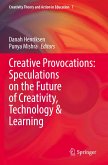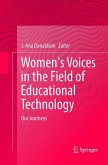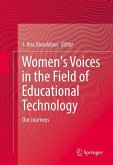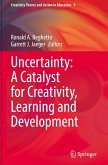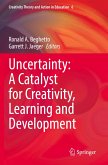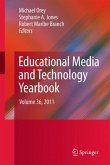In this collection of beautifully written essays, Mishra, Henriksen, and the Deep-play Research Group challenge myths about technology and creativity, debate time-honored instructional practices, and play with new ideas for schools to care for and nurture, rather than constrain, creativity. These essays are provocative ... refreshing, [and] insightful -Dr. Yong Zhao, Foundation Distinguished Professor, University of Kansas and Fellow, Mitchell Institute for Health and Education Policy, Victoria University, Australia.
What is creativity? Why is it important? What does it look like across different disciplines and contexts? What role does technology play, if any, in the creative process? And finally, what do creativity and technology have to do with education? These are the questions that underlie the collection of articles in this book.
These essays provide a broad analytic frame for thinking about creativity, technology and education and describe classroom examples as well as strategies for evaluating creative artifacts and creative environments. All of these are grounded in specific examples from across a wide range of disciplines and contexts-art, mathematics, engineering, computer science, graphic design, architecture, science to name just a few. The final essays take a broader perspective on creativity and technology focusing both on our highly inter-connected YouTube world but also possibilities for the future.
Creativity, Technology & Education: Exploring their Convergence is a vital resource for educators and practitioners as they seek to incorporate creative work and thoughtful pedagogy in their personal and professional lives.
What is creativity? Why is it important? What does it look like across different disciplines and contexts? What role does technology play, if any, in the creative process? And finally, what do creativity and technology have to do with education? These are the questions that underlie the collection of articles in this book.
These essays provide a broad analytic frame for thinking about creativity, technology and education and describe classroom examples as well as strategies for evaluating creative artifacts and creative environments. All of these are grounded in specific examples from across a wide range of disciplines and contexts-art, mathematics, engineering, computer science, graphic design, architecture, science to name just a few. The final essays take a broader perspective on creativity and technology focusing both on our highly inter-connected YouTube world but also possibilities for the future.
Creativity, Technology & Education: Exploring their Convergence is a vital resource for educators and practitioners as they seek to incorporate creative work and thoughtful pedagogy in their personal and professional lives.
"Enhancing creativity and effective applying of technology are crucial to the success of society. This is a pioneering book which has important enlightening significance in guiding teachers' reflective education practice, such as integrating technology into education properly, attaching importance to grow student's creativity thinking skill." (Yanmei Yin, International Entrepreneurship and Management Journal, Vol. 15, 2019)
"The book is designed to be easily used by students and teachers. ... As it touches upon so many matters and introduces a variety of theoretical perspectives, the book is a goldmine when looking for references and must-reads for students and (starting) housing scholars." (Jana Verstraete, Journal of Housing and the Built Environment, Vol. 34, 2019)
"The book is designed to be easily used by students and teachers. ... As it touches upon so many matters and introduces a variety of theoretical perspectives, the book is a goldmine when looking for references and must-reads for students and (starting) housing scholars." (Jana Verstraete, Journal of Housing and the Built Environment, Vol. 34, 2019)



